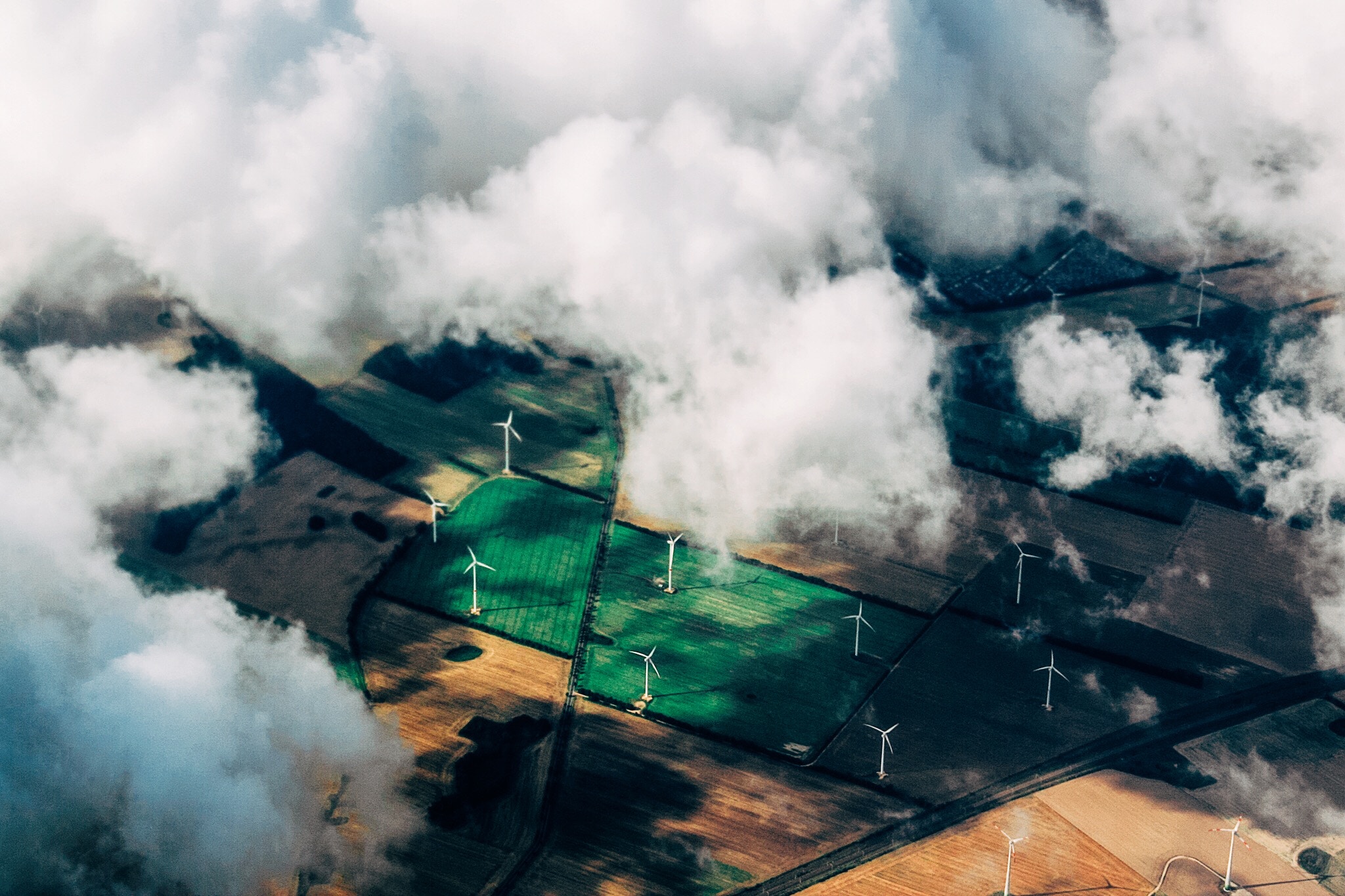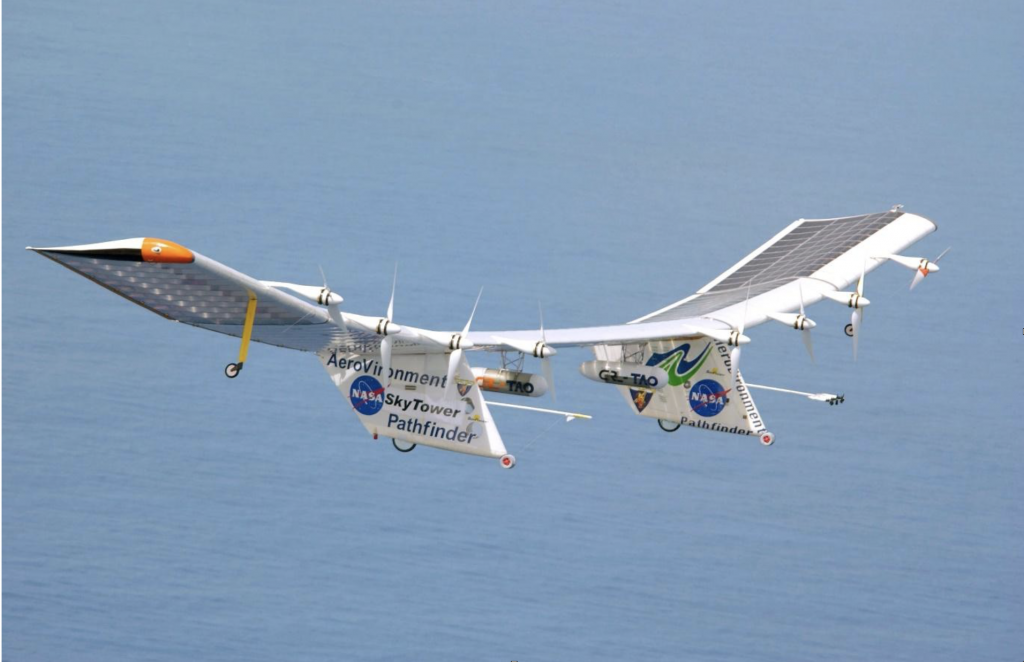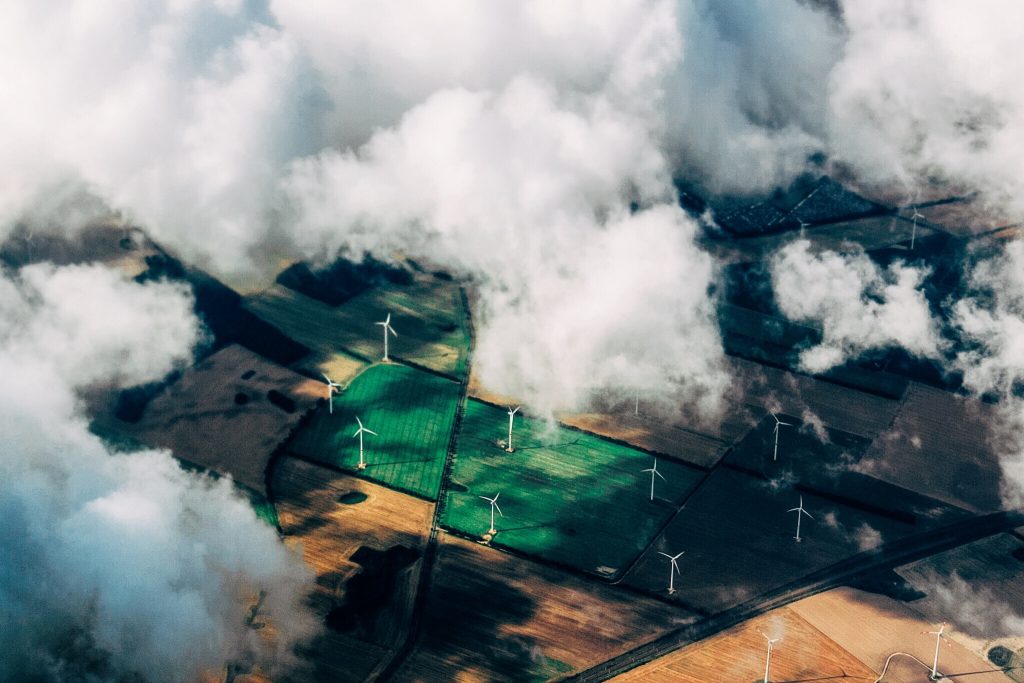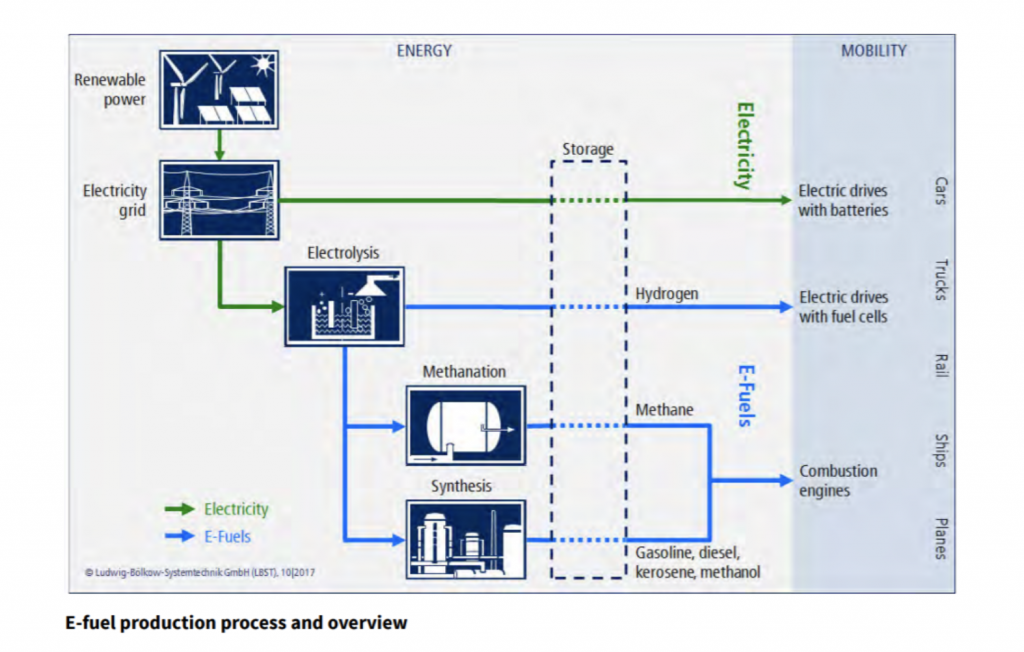Paul Callister and Wallace Rae consider, one of New Zealand’s emissions elephants in the room – aviation – and share views in this series of three articles (Pt.1 & Pt.2).
Part Three – The Solutions
Alternative aviation fuels
In our first article we explored the climate change problem faced by the aviation industry and in the second we considered many of the challenges we need to overcome. Here we explore alternative fuels and explore some of the options being discussed internationally, their potential implications, as well as some ballpark (in our view) costings. For the basis of this discussion, we assume self-sufficiency in the production of alternative fuels, that is we are not basing our analysis on alternative fuel imports.
In considering future fuel options, alternatives need to provide a robust and highly sustainable performance across a range of criteria, including among others: safety, pollutants, high-altitude climate impacts, water demand, land requirements, and renewable energy production.
There appear to be two theoretical options to maintain air travel while simultaneously reducing greenhouse emissions. The first is using battery electric planes powered from renewable sources. The second is creating low carbon synthetic liquid fuels.
In the medium term, some short commercial flights are likely to be made by new designs of electric planes. However, one of the main challenges with electric planes is the energy density of their batteries and weight which, unlike liquid fuels, do not get lighter as the flight progresses.
Zunum Aero in Seattle has plans to develop a 1000 km range, short-haul aircraft able to carry six to 12 passengers and powered by two electric turbofans from wing batteries supplemented by a 500kw turbo generator, with plans to upscale to a 50-seater with a 1600 km range by 2027.
In 2017 Airbus, Rolls-Royce, and Siemens announced they would collaborate on a hybrid-electric technology demonstrator expected then to fly in 2020 called the E-Fan X.
Electric hybrid planes may begin to have some small impact on domestic aviation in the medium term.
Using batteries to power flying would require significant increases in production of electricity from renewable sources; an issue we will return to shortly. We should expect the cost of flying to increase if airlines invest in renewable technology with a view to abandoning and replacing the current fleet earlier in the life cycle.
Until there is some groundbreaking technological breakthrough in the foreseeable future, international flights in and out of New Zealand will continue to use liquid fuels thus allowing the existing stock of aircraft to keep flying through 2050. To keep focus on emission reduction targets airlines will need to blend lower carbon synthetic fuels with fossil jet fuel.
The Commercial Aviation Alternative Fuels Initiative, (CAFI) was formed in 2006 in response to three concerns regarding aviation fuels:
1) supply security,
2) affordability and price stability, and
3) environmental impacts.
Membership is diverse but includes few airlines outside the US, notably Cathay Pacific and Lufthansa. Air New Zealand is not listed as a member. However Air New Zealand is a member of the Sustainable Aviation Fuel Users Group (SAFUG) who have signed a sustainability pledge, stating that a key driver to a carbon neutral aviation industry is advancing and adopting sustainable biofuels. However judging by recent updates progress has been slow.
Members of SAFUG subscribe to fuels that:
- Exhibit minimal impact on biodiversity
- Meet a sustainability standard with respect to land, water, and energy use
- Do not displace or compete with food crops
- Provide a positive socio-economic impact
- Do not require any special fuel handling equipment, distribution systems, or changes to engine design
The EU and Nordic countries are mandating biofuel content for transport fuels. The Finnish Parliament approved a law in February this year that sets a gradually increasing proportion to 30% biofuel as a target for 2030. Many other countries, such as Sweden and Norway, are taking similar steps in the aviation transport sector. To help jump start this transition, the Norwegian government announced last October that airlines operating in Norwegian airspace will have to use 0.5% biofuels in their fuel by 2020.
If biofuel is a viable solution what mandates and infrastructure will be necessary?
First, core infrastructure and supply chain requirements are defined by the American Society for Testing and Materials standard (ASTM specification D7566). Broadly, jet fuel is a kerosene fraction of mainly paraffinic hydrocarbons with a minor amount of aromatics. Sustained flight at temperatures of -50°C requires a freezing point of less than -48°C and the usual process of simply methylating a vegetable oil to make biodiesel will not meet this specification. Additional refinery capacity to convert the vegetable source to kerosene is required.
Meeting a modest 2% of demand for aviation fuel would require at least a US$10 billion investment in new refinery capacity. Alt Energy, now World Energy, has just completed a refinery conversion to produce 600 million litres of jet biofuel per annum.
Only five airports have regular biofuel distribution today and they are Bergen, Brisbane, Los Angeles, Oslo and Stockholm. The 15 million litres produced in 2018 comprised less than 0.1% of the of the total aviation fuel consumption. There has also been criticism that some biofuel has been produced from environmentally damaging feedstock such as palm oil.
Ultimately one limitation of biofuel in aviation would be the amount of land area required for cropping. Using solar energy to convert organic matter to biomass is very inefficient, in the range of 0.5 to 1 watt/m2. For example to supply our domestic jet fuel requirements from a suitable energy crop such as Jatropha or Camelina, our calculation based on crop oil yield suggests the crops would utilise up to 70% of New Zealand’s arable land. For a country where agriculture is already the largest tradable sector of the economy, this would not be feasible. A smaller contribution to biofuel production through using waste fats or algae based production may be possible and this is being explored in New Zealand by the NXT Fuels group.
It’s possible most early production of biofuel in New Zealand will go to decarbonising road based transport by the simple process of methanol esterification of waste vegetable oil and tallow. The product from this simple process is suitable for blending into standard diesel for heavy transport. This is the route taken by Z Energy which is producing 20 million litres a year at its Wiri plant from 10% of the total New Zealand tallow production. The B5 blend will make a modest contribution to CO2 reduction when used by the large commercial transport fleets such as Fonterra, Fulton Hogan, Downer, South Fuels as well as Air New Zealand land transport. Vegetable oils and fats based sources must be processed beyond simple esterification to meet ASTM D7566 and be a blend option for jet fuel.
Hydrogen certainly has its supporters as a transport fuel and in the longer term should play a role in powering land based transport but will still require major investment in new infrastructure. In Germany hydrogen is starting to power trains. However the energy conversion efficiency from electrolysis is only 70% and a further 13% of the energy is lost during compression. Liquid hydrogen may be compressed and cooled to below -240°C to liquefy but even in this liquid form the volume required is 4 times greater than traditional Jet Fuel to store the same energy. Compressed hydrogen at ambient temperatures requires 20 times the volume to contain the same energy as hydrocarbon fuels.
Building an airframe to safely accommodate long distance flight and 200 to 300 passengers currently seems impractical although not impossible. Unfortunately humankind are left with the unforgettable memory of the Hindenburg disaster that in those times showed the dangers of using large volumes of a highly flammable gas for aviation. Hydrogen reacting with CO2 as a route to liquid fuels via the Fischer-Tropsch process as previously described does seem more practicable.
Emerging Technologies
LanzaTech, a New Zealand founded company and now established in the United States, uses a bacteria as an intermediate agent which converts waste carbon monoxide from steel mill exit gases to ethanol. This ethanol can then be converted with established zeolite catalysts to jet fuel but it is not clear how much energy is actually diverted by the metabolic growth requirements of the bacteria. A more direct route to liquid fuels of all types would be through the hydrogen reduction of carbon dioxide to a mixed Carbon monoxide Hydrogen gas stream which may then be converted via the Fischer-Tropsch process to liquid fuels. The CO2 may be extracted from air or more economically from industrial exit gases. A prime source would be the CO2 extracted from Kapuni natural gas.
Nordic Blue has developed such a process as described below using hydrogen produced from hydroelectricity.
Quantafuel , a start-up, has devised a process of converting unrecyclable plastic waste such blended composites, and thermoset plastics, which cannot be reformed and generally go to landfill. The process comprises cold plasma pyrolysis of plastic waste at 450°C with the resulting gasses processed further via Fischer–Tropsch to a range of hydrocarbons suitable for jet fuel and low sulphur diesel. The technology has potential to extend to wood and municipal waste. The business model is to deploy localized efficient plants to transform waste at source. The first commercial plant is a 60 tonne per day system based in Skive Denmark , and is expected to be in production this year. The process is low carbon and cost competitive when compared with refinery production of jet fuel with an estimated fuel resource in excess of 200Mt of waste plastic and increasing.
A similar process is used for converting biomass with supercritical high pressure steam at temperatures of greater than 350°C and up to 700°C. Gases, mainly hydrogen and methane, are also suitable for conversion into liquid fuels via Fischer–Tropsch. A wide variety of feed stock may be used such as from sewage sludge, municipal waste or wood. The energy recovery is greater than either composting or anaerobic digestion to produce methane.
Electric Power to Liquid fuels (PtL) is another alternative to producing sustainable fuels. Provided there is available a low cost supply of low carbon electrical energy, this is a more scalable alternative. Nordic Blue in partnership with Sunfire and Climeworks AG have already begun the engineering of a PtL facility. Carbon dioxide is extracted from the air and reduced in a power cell by steam electrolysis to produce carbon monoxide and hydrogen. This gas mixture is transformed at high pressure and temperature in the presence of a catalyst to liquid fuels by the Fischer Tropsch process. The plant will have an annual production capacity of 8000 tonnes and is expected to be operational in 2020. At a projected price of 2 euro/L this represents an approximate 4 time premium to the current jet fuel price of USD 0.5/L. Economy of scale will reduce this cost and to prove concept the project will be supported by the Norwegian and Scandinavian countries by insisting on the increased use of sustainable fuels over their airspace.
At the end of May 2019 in Rotterdam the Hague Airport and a European consortium led by EDL Anlagenbau Gesellschaft GmbH signed a cooperation agreement for a study aimed at developing a demonstration plant that produces renewable jet fuel from air. This plant aims to be the first worldwide to offer renewable jet fuel from air to the market.
In 2017 New Zealand imported 111 kilo tonnes and produced 313 kilo tonnes of jet fuel. To make this amount of jet fuel using the Nordic Blue technology would require 9000 GWhr of power or about 20% of our current annual electricity production. At NZ$60/MWhr we have calculated the energy cost per litre between NZ$1.05 and NZ$1.31 on the basis of 55% to 60% energy conversion quoted by Nordic. Capital expenditure for the plant would add substantive cost.
To offset the premium for biofuel, the EU has established a compliance benefit under the Renewable Energy Directive (RED II regulations of 1.2 to 1). Although there is a target of 14% renewable transport fuels by 2030, the premium for jet fuel production is too low when compared to the production costs of biodiesel. California has a complicated system of credits that offers some incentive for the production of jet fuel from biodiesel.
John Bucknell gave a presentation (video) at the 2017 Thorium Energy Alliance Conference (TEAC 8), promoting the use of a molten salt nuclear reactor (MSR) as an energy source for the conversion of CO2 to liquid fuels. For his conceptual process the calculated costs were methanol USD 0.32/L and gasoline USD 0.44/L. The projected cost of nuclear power from a MSR nuclear reactor is estimated at USD30/MWhr.
New Zealand is dependent on fossil fuels for 60% of our energy requirements and to forego coal, natural gas and oil is a significant challenge to secure our future energy needs. Electrification of our light vehicle transport is feasible but progressing too slowly. Production of liquid hydrocarbon fuels with its established distribution and heavy transport infrastructure is an asset that cannot be cheaply substituted in a timely manner. Harvesting sufficient energy from low energy intensity sources such as biofuels, solar energy and wind power are not yet adequate for decarbonising the land based economy as well as keeping New Zealanders and our projected increased number of visitors flying to and from our shores. If we wish to keep flying, reduce our carbon footprint and secure a viable low carbon energy future, we need to consider other ways we can generate electricity to create liquid fuels.
What about nuclear? Now that’s the other big elephant in the room.
Explore the first and second articles in the series Can New Zealanders keep flying and reduce their carbon footprint.
 This article series is co-authored by Wallace Rae. Wallace Rae’s university years began in chemical engineering at Canterbury. After modest success in his first professional engineering year he realized his real interest was in the pure chemistry field which he pursued to Masters level. After graduating Wallace began working with Ivon Watkins Dow for 26 years where he was involved in a range of activities from process and formulation development of a number of herbicides and wood preservatives. As the company transitioned into a subsidiary of a multinational, Wallace met a wider range of science colleagues at international conferences and in the various research laboratories of the company in Japan, the USA and Britain. In 1993 Wallace was recognized with an “inventor of the year” award and promoted to senior scientist. Wallace left Dow Elanco in 19696 joining a start up company, Taranaki Nuchem. With its entrepreneurial principals and technical staff, Wallace and the team filed over 50 patents relating to herbicide formulations, micro encapsulation, and wood preservatives and processes. It was here that Wallace learnt to work closely with the business side of things and sales to develop products which were both relevant and profitable. Wallace retired in 2015 and remains a consult informally with Technic Industries based in New Plymouth and with his colleagues at Lonza New Zealand which bought out the company in 2015. As a scientist with many years in the corporate world at Dow Wallace inherited this maxim from his American colleagues: “In God we trust, the rest bring data.”
This article series is co-authored by Wallace Rae. Wallace Rae’s university years began in chemical engineering at Canterbury. After modest success in his first professional engineering year he realized his real interest was in the pure chemistry field which he pursued to Masters level. After graduating Wallace began working with Ivon Watkins Dow for 26 years where he was involved in a range of activities from process and formulation development of a number of herbicides and wood preservatives. As the company transitioned into a subsidiary of a multinational, Wallace met a wider range of science colleagues at international conferences and in the various research laboratories of the company in Japan, the USA and Britain. In 1993 Wallace was recognized with an “inventor of the year” award and promoted to senior scientist. Wallace left Dow Elanco in 19696 joining a start up company, Taranaki Nuchem. With its entrepreneurial principals and technical staff, Wallace and the team filed over 50 patents relating to herbicide formulations, micro encapsulation, and wood preservatives and processes. It was here that Wallace learnt to work closely with the business side of things and sales to develop products which were both relevant and profitable. Wallace retired in 2015 and remains a consult informally with Technic Industries based in New Plymouth and with his colleagues at Lonza New Zealand which bought out the company in 2015. As a scientist with many years in the corporate world at Dow Wallace inherited this maxim from his American colleagues: “In God we trust, the rest bring data.”








Leave a comment